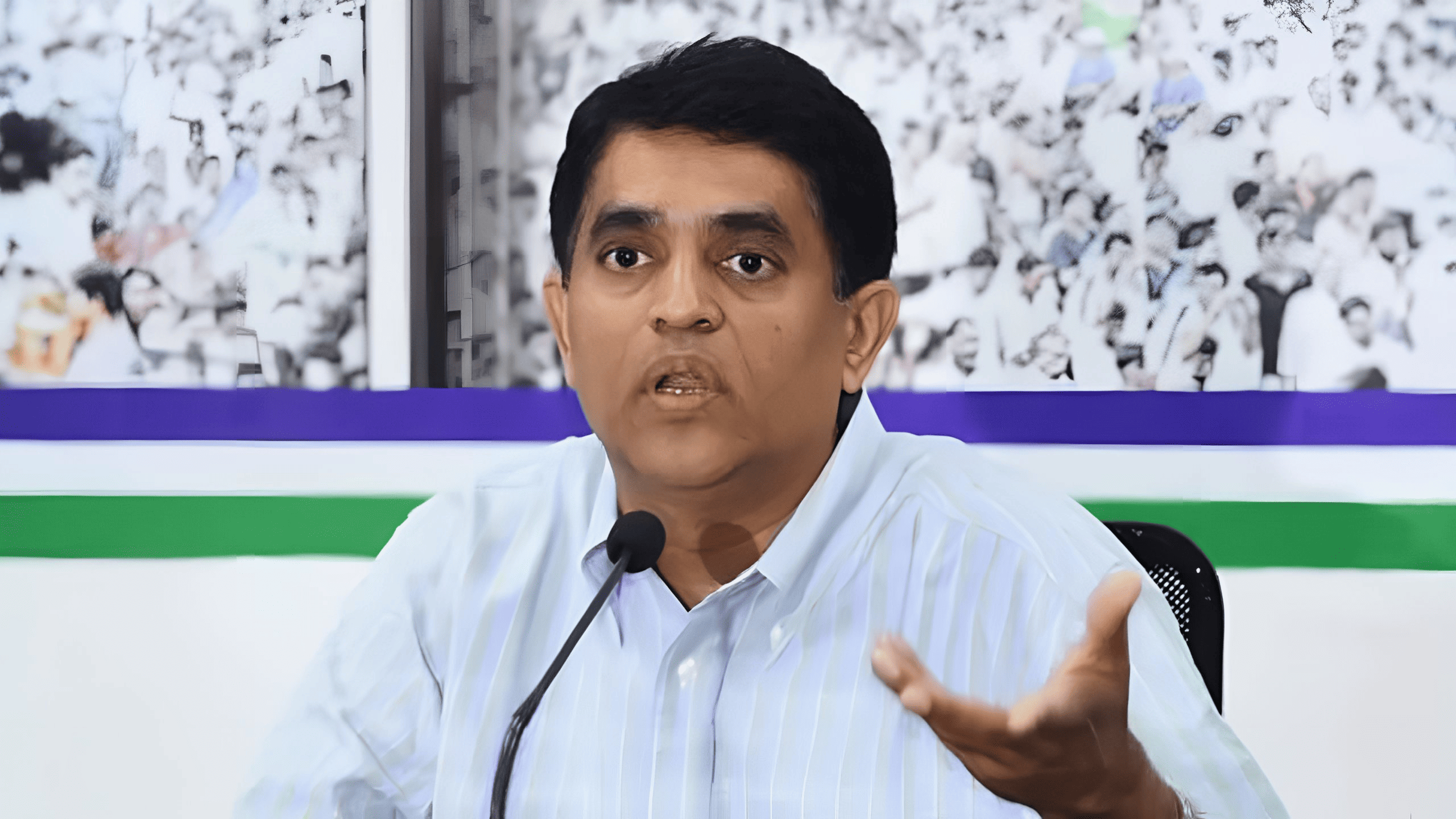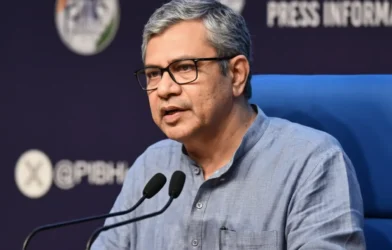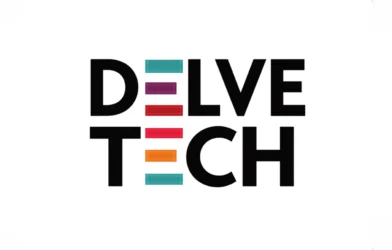VIJAYAWADA: Former finance minister Buggana Rajendranath has lashed out at the state government for making false claims about the GST collections growth rate in the state. He expressed concerns that the government’s assertions illustrate the extent to which it can misrepresent disappointing results.
To unpack this, it’s crucial to examine the broader implications of such claims on the state’s financial credibility and trust amongst its citizens.
Insights from Buggana Rajendranath on State Revenue
Speaking to the media here on Monday, Buggana Rajendranath stated that the government projected GST revenues for the budget of FY 2025-26 at Rs. 27,477.15 crores. He highlighted that the GST revenues for the first four months of the current fiscal amounted to Rs. 16,754 crores.
“The government celebrates this extraordinary performance, claiming it demonstrates a 61% accomplishment of the target for the year regarding GST revenues. However, the truth is far removed from what the government claims, revealing a significant discrepancy that raises questions about their transparency and accountability in financial reporting,” said Buggana Rajendranath.
The implications of such inflated figures can be vast, affecting budgetary planning and public trust.
He noted that the CAG monthly key indicators reflect that GST revenues for the first four months of this financial year are Rs. 16,754.91 crores. Nevertheless, the CAG report also indicates that this figure includes receipts on account of CGST as part of the State’s share in central taxes.
This does not accurately represent the performance of the State. “If the Centre’s share is excluded, the actual SGST (State GST) revenues received by the State government during these initial four months of this financial year is merely Rs. 10,769.55 crores,” explained Buggana Rajendranath.
This delineation is crucial for understanding the actual fiscal health of the state.
He further elaborated that the state government had actually projected GST revenues for the current fiscal at Rs. 40,718.12 crores, not Rs. 27,477 crores. “Thus, the percentage of accomplishment during the first four months is only 26.45% (Rs. 10,769.55 crores of Rs. 40,718.12 crores).
According to the budgeted figure, the SGST revenues for the first four months in FY 2025-26 should have been Rs. 13,571 crores; against this, the actual achievement stands at Rs. 10,769.55 crores,” Buggana said.
He criticized the state government for shamelessly boasting of achievement despite such poor performance, which not only misleads the public but also has the potential to impact future financial planning adversely.
He pointed out that the SGST revenues during the first four months of this financial year 2025-26, amounting to Rs. 10,769.55 crores, are lower than the SGST revenues during the same period last financial year, which were Rs. 10,868.09 crores.
“When we compare the year-on-year performance, the SGST revenues have shown a negative growth of -0.91%,” noted Buggana. The CAG figures reveal another crucial aspect: sales tax revenues, a significant indicator of consumption in the State, demonstrated a year-on-year growth of only 0.78% during the first four months of FY 2025-26.
Furthermore, the aggregate of the State’s own tax revenues and non-tax revenues estimated for FY 2025-26, as per budget documents, is Rs. 1,27,702.77 crores. However, according to the CAG report, the state achieved only Rs. 29,511.03 crores, translating to an achievement of merely 23.11%. These statistics are vital for assessing the financial strategies and policy implementations of the state government. “Based on the budget figure, the actual State’s own revenue receipt during the first four months should have been Rs. 42,563 crores. However, the receipts remained just around Rs. 29,511 crores, showcasing the poor performance of the state,” Buggana Rajendranath asserted.
This underperformance raises critical questions on the efficacy of the current fiscal policies and their impact on economic growth. A deeper analysis of the revenue collection strategies and their outcomes may provide insights into necessary adjustments for enhancing the fiscal landscape of the state.
In conclusion, the statements made by Buggana Rajendranath serve as a clarion call for transparency and accountability in state financial reporting. The discrepancies in GST revenue claims indicate a troubling trend that could undermine public trust and fiscal integrity. Stakeholders, including policymakers and citizens, must engage in a critical dialogue about fiscal management practices to ensure that the state’s economic strategies align with reality. Only through rigorous scrutiny and honest reporting can the state government hope to cultivate an environment of trust and collaboration with its constituents.
Disclaimer: This article is based on information originally published by The Times of India. All rights and credits for the original reporting belong to The Times of India and the respective author. The content here has been adapted for informational purposes. It is essential to acknowledge the ongoing conversation regarding state revenue management and the implications of the findings presented by Buggana Rajendranath, which continue to resonate within the public discourse.









